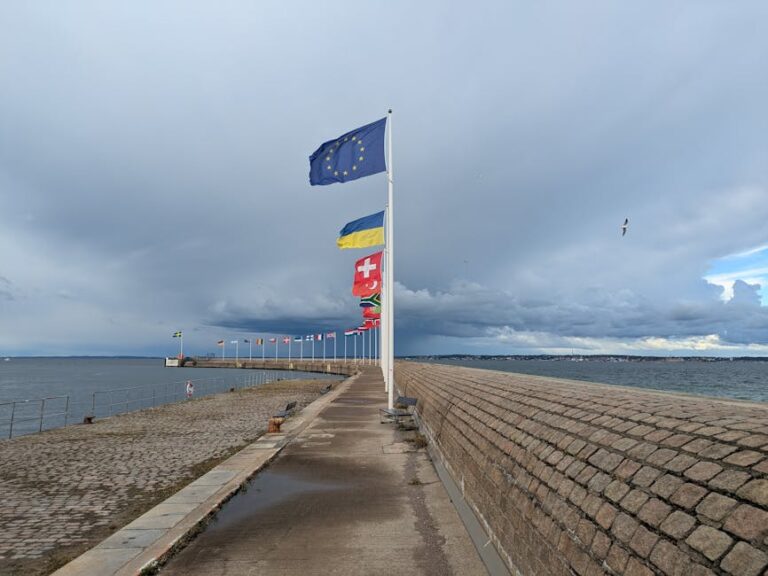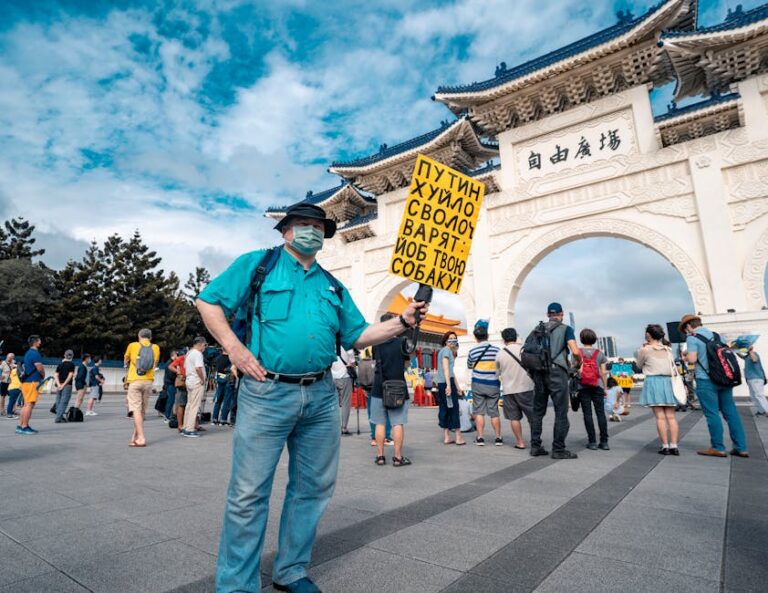President Trump indicated Russia’s leader would meet Ukraine’s president. That prospect now appears increasingly unlikely.
Recent diplomatic overtures following President Trump’s discussions with President Vladimir V. Putin have yielded limited tangible progress. The potential for a direct meeting between the Russian and Ukrainian presidents, initially suggested as a possibility, now faces considerable headwinds. Kyiv remains cautious about any engagement that could legitimize Russian actions.
Stalled Negotiations
Ukrainian officials have reiterated their preconditions for any meaningful dialogue with Moscow. These demands include the full withdrawal of Russian forces from Ukrainian territory. They also insist on the restoration of Ukraine’s territorial integrity. These stances have not softened in recent weeks.
Moscow, conversely, maintains its own set of demands and expectations for de-escalation. These often include security guarantees and recognition of certain territorial gains. The gap between these positions remains substantial. This makes finding common ground exceptionally difficult.
Several European leaders have urged restraint and continued diplomatic engagement. They emphasize the need to avoid further escalation in the region. However, the appetite for direct, high-level talks without concrete preparatory steps is waning. Analysts suggest this is a strategic move by both sides.
The Kremlin has previously suggested that Kyiv’s stance is intransigent. They accuse Ukraine of being influenced by external actors. This narrative seeks to shift blame for the ongoing conflict. It also aims to undermine Ukraine’s sovereignty.
Seeking Resolution
President Zelenskyy has consistently stated his willingness to negotiate. However, he rules out any talks that compromise Ukraine’s sovereignty. He recently addressed the escalating rhetoric from Moscow. He stressed the importance of international law.
The ongoing military situation on the ground continues to influence diplomatic possibilities. Frontline skirmishes and localized offensives can derail delicate diplomatic efforts. Both sides are reportedly assessing their military capacities. This assessment informs their negotiating positions.
The economic consequences of the prolonged conflict are also a factor. Sanctions imposed on Russia continue to affect its economy. Ukraine faces immense reconstruction costs and humanitarian challenges. These pressures could eventually create conditions for compromise.
However, deeply entrenched positions and a lack of trust remain significant obstacles. International mediators are reportedly continuing efforts behind the scenes. These efforts aim to build confidence-building measures. They hope to pave the way for substantive discussions.
The United States has reiterated its support for Ukraine’s sovereignty. It also advocates for a diplomatic resolution to the conflict. Washington continues to coordinate with European allies. This coordination focuses on maintaining pressure on Russia. It also supports Ukraine’s defense capabilities.
Experts believe that without a significant shift in the military or political landscape, direct presidential talks remain a distant prospect. Previous negotiations on specific issues, like prisoner exchanges, have shown that incremental progress is possible. However, these do not address the core territorial disputes.
The international community is watching closely for any signs of genuine de-escalation. Any movement towards peace will likely be incremental. It will require sustained diplomatic pressure and willingness from both sides. The current outlook suggests a protracted period of engagement.
Ukrainian resilience has been a key factor in the conflict. Their ability to defend their territory has surprised many observers. This resilience is a significant element in any future negotiation. It empowers Kyiv’s negotiating stance.
Russia’s strategic objectives remain a subject of debate. Analysts point to a desire to secure its borders and sphere of influence. They also suggest a broader geopolitical ambition. Understanding these objectives is crucial for predicting future actions.
The recent discussions between Trump and Putin were brief. They occurred on the sidelines of a larger summit. The specific content of their conversation regarding Ukraine remains undisclosed. This lack of transparency fuels speculation. It also creates uncertainty.
The possibility of a renewed focus on indirect talks or lower-level negotiations is being explored. These could serve as a precursor to more direct engagement. Such talks might focus on humanitarian issues first. They could also address specific military deconfliction measures.
Ukraine’s allies are also playing a critical role. They provide financial and military aid. This support bolsters Ukraine’s ability to resist. It also strengthens its negotiating position. The strength of this coalition is vital.
The ongoing situation requires careful monitoring. Future diplomatic initiatives will be shaped by events on the ground. They will also be influenced by internal political dynamics in both nations. The path forward remains complex and uncertain.
Diplomatic breakthroughs remain elusive as core differences persist. Future talks will likely depend on battlefield developments and renewed international coordination.




